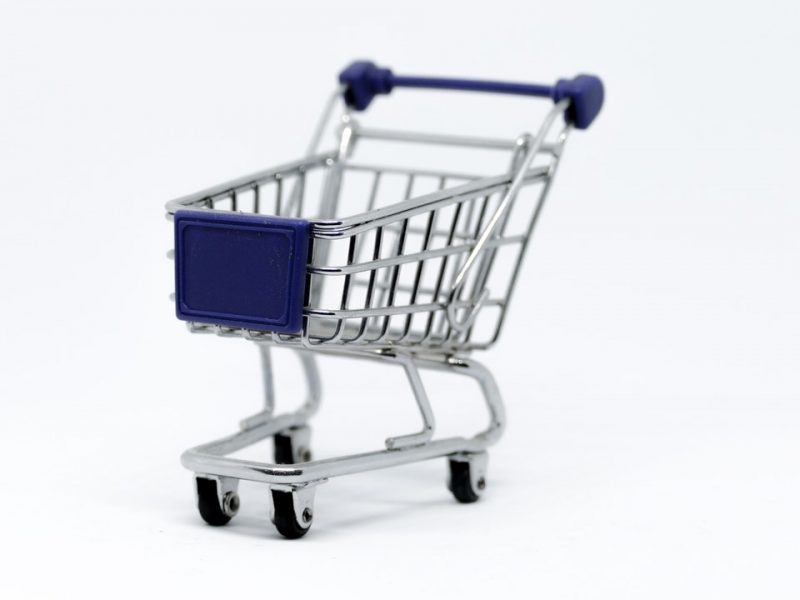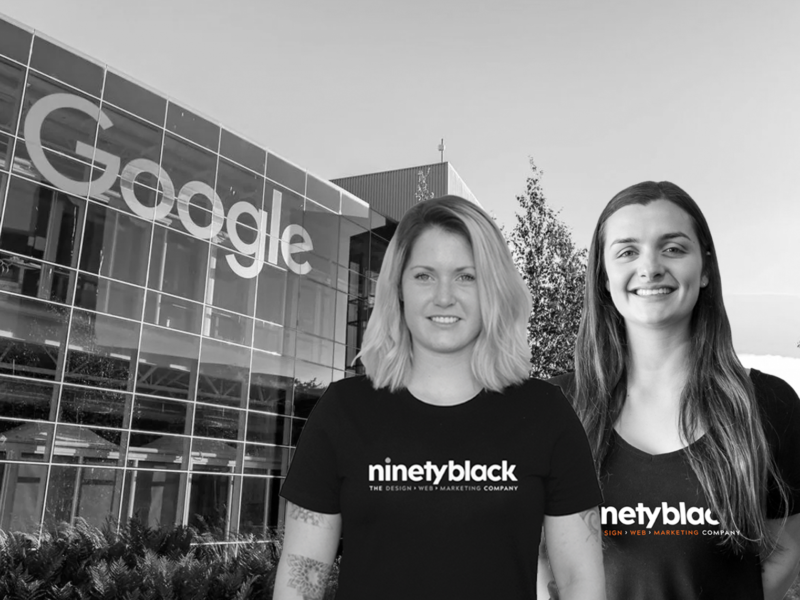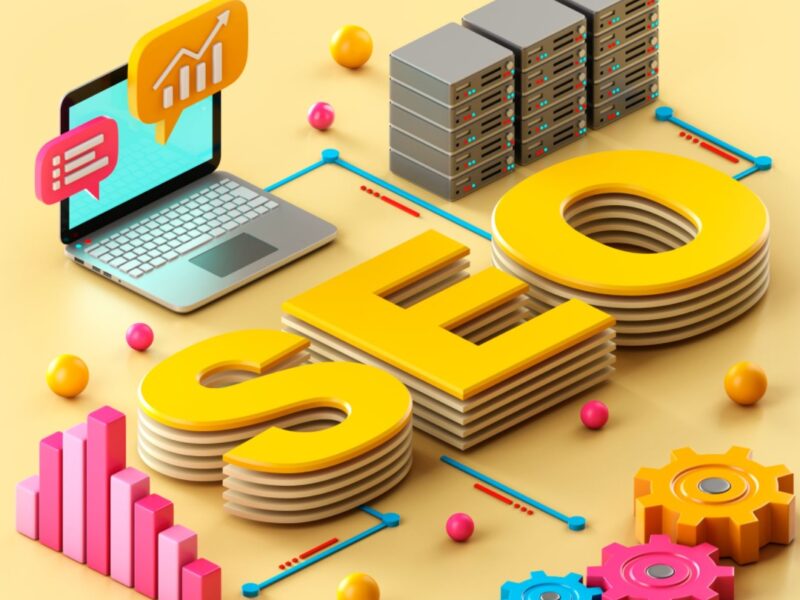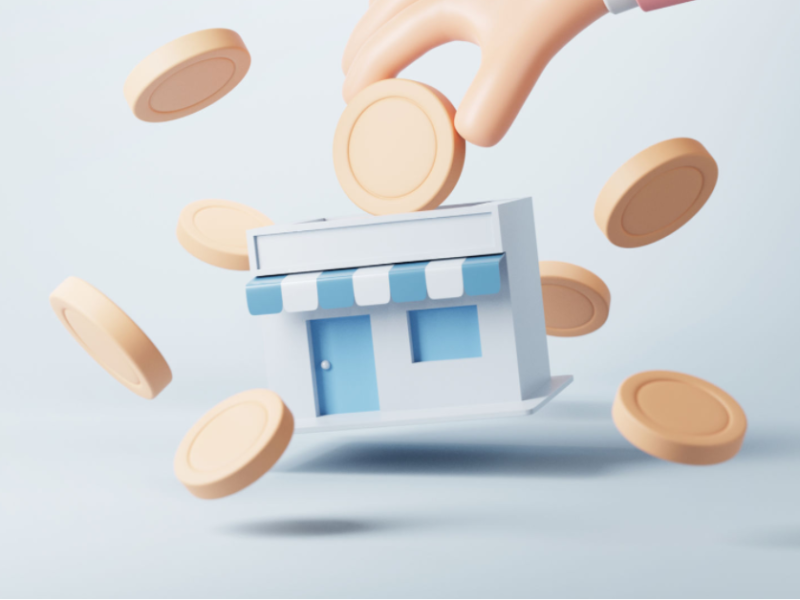Digital Marketing For Your eCommerce Website
March 31, 2020

Author: Liam Dunne
Reading Time: 4 minutes
So, you have yourself a well-designed, conversion hungry, lead-generating eCommerce website… so where are all the customers?
Unfortunately, no matter what you’ve been told, just because you’ve built it does not mean they will come. Now you must go about the business of getting traffic to your awesome site and maximising return from the people who do end up there. In short, it’s time to do some marketing for your online store.
When beginning, ensure you have clearly defined some goals. While sales revenue would be an obvious one, conversion rate, brand awareness and customer engagement are all measures of success you may want to track. Setting these goals and then using analytics to assign a value to them is what will allow you to test and measure the ROI (return on investment) from your campaigns. If you don’t set realistic goals at the beginning, and track them throughout, it can get increasingly difficult to know how successful your marketing efforts really are.
With so many digital channels available to you, here are some of the ones with the most proven track records when it comes to ROI and ROAS (return on ad spend):
Email Marketing
Email is still one of the most effective ways a business can connect with its customers. It allows you to build a subscriber list, which you can later personalise content and follow ups for. Email marketing allows you to easily offer personalised information – such as a birthday voucher or an abandoned cart reminder – and deals to your loyal customers. As effective as email marketing can be, it’s important to adhere to good email etiquette or customers will simply unsubscribe.
“Double down on email newsletters. Yeah, I know they’re “so 2008,” but email is the killer mobile experience everyone seems to be forgetting about, and many marketers stopped putting content in the inbox in favour of blogging, so there’s a massive opportunity to “zig” when everyone is zagging.” – Ryan Deiss, Founder and CEO of DigitalMarketer.com and Founder of RivalBrands.com.
Search Engine Marketing (SEM), aka paying for Google Ads
When a search engine company becomes a verb that is synonymous with the act of searching, there is only one worth talking about… Google. With over 75% of all desktop search taking place on Google search, it’s really the only game in town worth worrying about.
SEM is the pay-per-click version of search, and it returns consistently high ROI. If you need results for your new website NOW, then you need to be using this strategy. However, if done wrong, you can quickly burn click budget on low value traffic that is unlikely to convert. The surest road to successful ROI is to partner with an official Google Partner, at least to set up your Google Ads campaigns initially and provide you with a road map to follow.
Search Engine Optimisation (SEO), aka being liked by Google
Google has become the number one search engine in part by making sure it delivers the most relevant content to its users consistently and quickly. The top 10 (first page) search results on Google account for 92% of all traffic for any given search terms.
And a whopping 33% of all organic clicks go to the first ranked search result. Traffic drops off by 95% on the second google search page. So where on Google do you want to sit? Well it’s pretty clear the money’s on page 1. So how do you get there?
SEO is a medium to long term strategy, which requires consistency and hard work, but does yield great results. A solid content strategy, frequently posting relevant content, good metadata practice, proper use of alt tags and backlinks are all key factors in getting your getting your site to rank organically.
Google Display Ads
As if Google was not already a big enough player in the whole digital marketing game, you also need to conisder the Google Display Network. This is a network of over 2 million sites that serve Google Display Ads, as well as some fairly popular sites also owned by Google, think Google Finance, Gmail, Blogger and Youtube. These are different than Google Ads displayed based on keyword searches. Display Ads appear on any number of websites like news, video streaming sights, in-apps and countless other places. They’re great for remarketing and brand awareness.
Instagram Shopping
Designed for mobile experience and an image-oriented approach, Instagram is the social media channel of choice for the millennial with a massive 64% of its userbase comprised of the 18-34 age range. Instagram now has a marketplace which caters right through to purchase. If you make or sell a physical product, this should be a channel that you are using. But if you are thinking that you already have a website and you really don’t want to manage a separate Facebook Marketplace account (which powers Instagram online shopping), but you DO want to target millennials, don’t panic. Your existing website can be set up to push a content feed to Facebook, meaning you still just have the one platform to maintain, while enjoying the benefits of an extra channel.
Facebook is the preferred social media platform of pretty much everyone else online, from Baby Boomers and Generation X to Xennial; and with 2.23 billion monthly active users, it is still the number one social media platform in 2020. Facebook is a treasure trove for eCommerce and allows probably THE most tailored paid advertising. Facebook Ads are good for more than getting targeted traffic to your site. One of the perks of it is that you can use Facebook Ads at any stage of the sales funnel. From brand awareness to remarketing with Facebook pixel you really can’t afford to not be there. Another perk of Facebook advertising is the ability to target your audience by hobbies and interests, which is a ridiculously powerful tool not available with most digital marketing.
Key Takeaways
So, how do you make your eCommerce website stand out? There are so many tools out there but the right combination of digital marketing, SEM and SEO practices with give you the boost you need to attract new customers and grow your online store.




